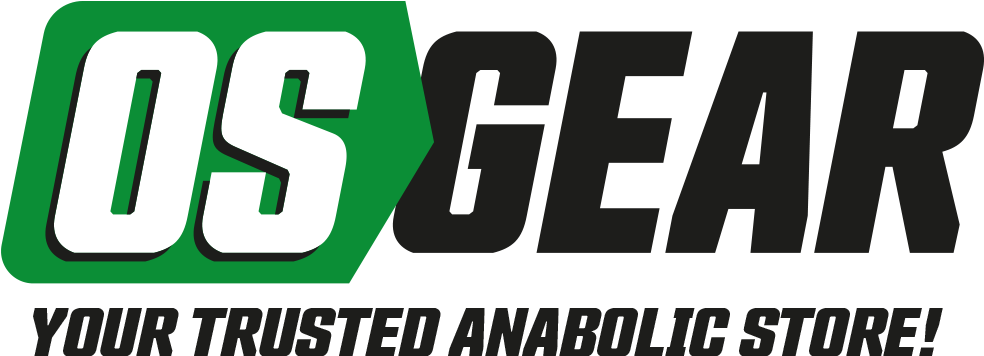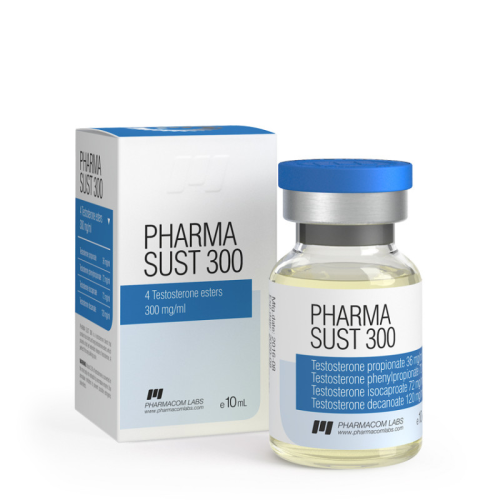PHARMASUST 300
- Brand: Pharmacom Labs - US
- Product Code: PHARMASUST 300
- Availability: In Stock
-
$78.00
ACTIVE HALF-LIFE
7-8 Days
CLASSIFICATION
Anabolic Steroid
DOSAGE
Men 300-1500 mg/week
ACNE
Yes
WATER RETENTION
Yes
HBR
Perhaps
HEPATOTOXICITY
No
AROMATIZATION
Yes
CARRIER OIL
Grapeseed Oil
MANUFACTURER
Pharmacom Labs - US
LAB TEST
See Document
WAREHOUSE
USA Warehouse 4
SUBSTANCE
Testosterone Decanoate
,
Testosterone Isocaproate
,
Testosterone Phenylpropionate
,
Testosterone Propionate
,
A trading variant of the renowned Sustanon® by Pharmacom Labs, PHARMA SUST 300 is a testosterone blend featuring four distinct testosterone esters. This formulation aims to deliver a quick yet sustained release of testosterone. Utilizing advanced drug synthesis technologies, PHARMA SUST 300 achieves a concentration of the active ingredient that is 20% higher per milliliter compared to the standard Sustanon®.
All testosterone forms promote general health and wellbeing by enhancing libido, boosting energy, strengthening immunity, aiding fat loss, and supporting muscle gain and maintenance, while also preventing osteoporosis (bone density loss) and potentially offering protection against heart disease. It pairs effectively with a variety of other compounds, both oral and injectable, as part of a powerful stack.
Synthetic testosterone was first created in 1935 by the German biochemist Adolf Butenandt and Swiss chemist Leopold Ruzicka, both of whom were awarded Nobel Prizes for their research.
Testosterone is the main male sex hormone that directly influences the development of the testicles and prostate, significantly impacts muscle tissue growth, bone density, and strength. Additionally, testosterone is crucial for several bodily functions, including overall health, vitality, libido enhancement, energy levels, immunity support, osteoporosis prevention, and possibly lowering the risk of heart disease. Higher testosterone levels in older men have been linked to improved health indicators associated with a reduced risk of cardiovascular issues, such as increased lean body mass, reduced visceral fat, lower total cholesterol, and improved glycemic control. It not only determines gender-related traits but also plays a role in regulating thromboxane A2 receptors on megakaryocytes and platelets, thereby affecting platelet aggregation. Testosterone also influences behavior, mood, and romantic relationships, with reports suggesting it may even affect career choices. Research indicates that cognitive functions such as attention, memory, and spatial skills are influenced by testosterone levels in humans. Preliminary findings imply that low testosterone may be a risk factor for cognitive decline and potentially for Alzheimer’s disease, supporting the argument for testosterone use in anti-aging treatments.
Athletes highly regard testosterone for its capacity to significantly increase muscle mass and strength. As a naturally occurring hormone, it is the most widely used anabolic steroid, often serving as the foundation for various cycles and stacks.
In bodybuilding, testosterone is predominantly administered via injectable esters or suspensions due to its low oral bioavailability and the impracticality of high-dose transdermal or sublingual methods. All testosterone forms essentially consist of the active agent testosterone paired with an ester, which determines the release time and duration of the compound's effects. In brief, longer esters release the active agent into the bloodstream gradually, maintaining stable hormone levels over an extended period without causing spikes.
It is important to note that approximately 5% of testosterone in men is converted through 5α-reduction into the more potent androgen dihydrotestosterone (DHT), also known as androstanolone. Conversely, about 0.3% of testosterone is transformed into estradiol (the primary female sex hormone) by aromatase, an enzyme present in the brain, liver, and fat tissues. Therefore, it is essential to take precautions against potential side effects. We recommend conducting blood tests and using aromatase inhibitors during the cycle (preferably anastrozole if needed), as well as selective estrogen receptor modulators (SERMs, such as clomifene or toremifene) during post-cycle therapy (PCT).

